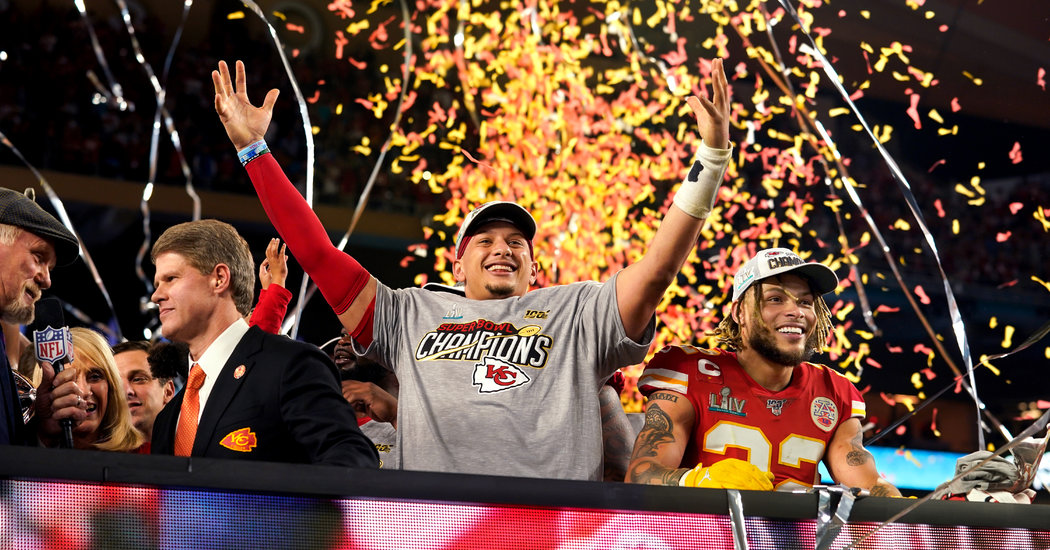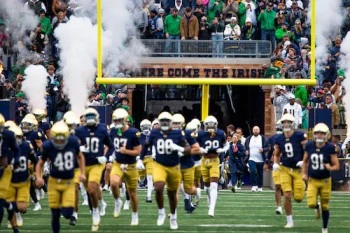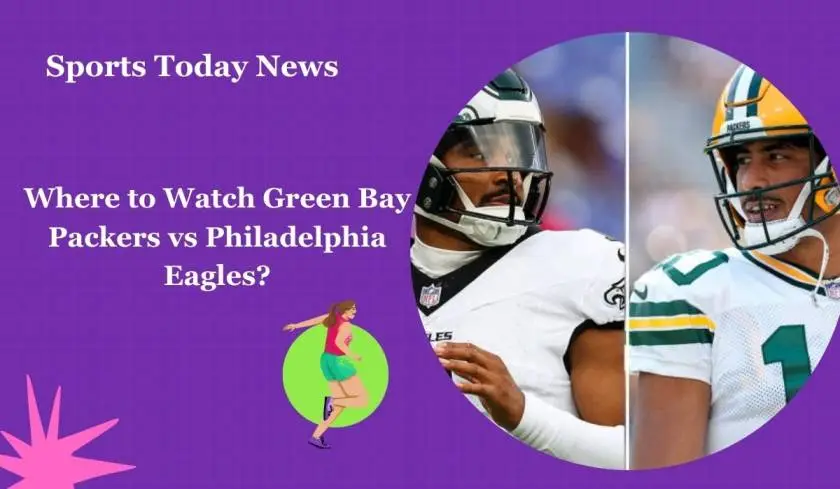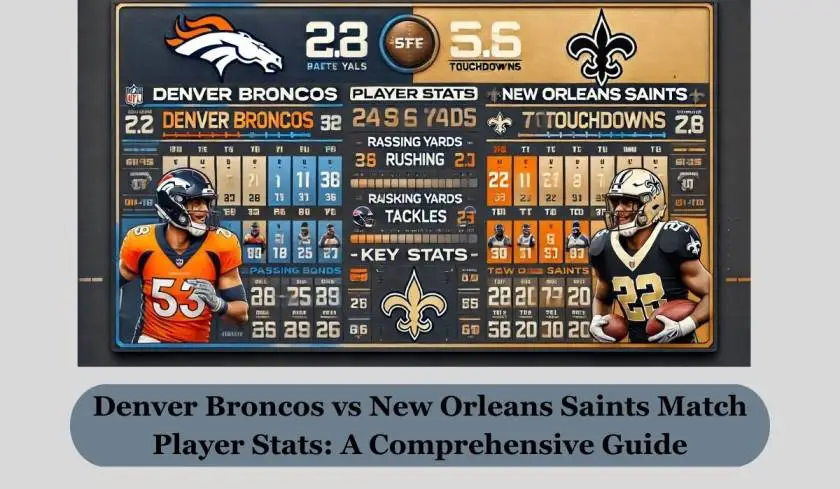
Patrick Mahomes’s Contract Shows the Gap in Pro Sports Paydays
July began as it has for each of the last 10 years, with the Mets cutting Bobby Bonilla a check for $1.19 million. The former slugger hasn’t played professional baseball since 2001, but the payments will come every July 1 until 2035, when Bonilla will be 72.
On Monday, less than a week after Bobby Bonilla Day, the Kansas City Chiefs made considerably bigger headlines by locking up their franchise quarterback, Patrick Mahomes, to a contract extension through 2031 that was worth $503 million. Pro sports had its first deal worth a half-billion dollars.
These two contracts — connected, amusingly enough, by Bonilla having been teammates with Mahomes’s father, Pat, in the former’s final season with the Mets — provide a perfect jumping-off point for comparing how contracts are structured in the N.F.L. versus in other pro leagues.
Bonilla’s deal has spawned endless jokes on social media. But it also was simply a reflection of the ironclad guarantees that are baked into Major League Baseball contracts. At the time the deal was made, the Mets were on the hook to pay him $5.9 million and the only way for the team to free that money up for other deals was to get Bonilla to agree to deferred payment, resulting in a contract in which he would be paid $29.8 million over the course of 25 years.
Mahomes, meanwhile, is fresh off a Super Bowl win and his deal was celebrated not just for its dollar figure, but because it seemed to guarantee that he would be spending his entire career with a team that had, for so long, seemed incapable of developing its own quarterback. ESPN took things a step farther by quickly putting together a graphic declaring Mahomes had surpassed Mike Trout of the Los Angeles Angels for the most lucrative contract in professional sports history.
The problem with that assertion, of course, is that Mahomes plays in the N.F.L., not M.L.B. or the N.B.A., so the purported windfall required a great deal more scrutiny.
Right off the bat, that $503 million was cut down after reporting accounted for nonguaranteed performance incentives in the contract which, if not met, reduce its value to $477 million. Even that total is attached to a mostly unfamiliar term, “guarantee mechanisms,” which immediately raised the hackles of people familiar with the league’s ability to inflate the value of its deals.
Details continued to leak throughout Monday night, with the NFL Network and other media outlets reporting Mahomes’s signing bonus as $10 million, with a very salary-cap friendly 2020 base salary of $825,000. While more than $140 million of the deal is fully guaranteed against injuries, there is at least $300 million in the contract that could not reasonably be considered guaranteed in any way similar to the contracts in other major sports.
The Chiefs will have several opportunities along the way to stop paying Mahomes if they so choose, and if they do, he can become a free agent. There will also be room for him to force renegotiation along the way. These concepts should not shock anyone, as Tom Brady and the New England Patriots recently tore up the two remaining years of a contract extension he’d signed just a year before, allowing the six-time Super Bowl winner to depart for Tampa Bay.
To compare Mahomes’s deal to those in other sports in the simplest terms possible, think of it this way: If Mahomes sustains a career-ending injury this season, his team would be obligated to pay him a little more than $140 million. If Trout were to sustain a similar injury, the Angels (or their insurance company) would still owe him the full $426.5 million.
It is an important difference, because in the N.F.L., where careers are shorter and injuries more severe, the guaranteed amount is generally seen as the only part of a contract that matters. The league’s stars often have huge dollar figures celebrated when their new contracts are signed, mostly for salary cap, ego, and market leverage reasons, but the most an N.F.L. player has actually taken home is the $252.3 million earned by Eli Manning over his 16 seasons with the Giants.
M.L.B. has thus far had seven players exceed Manning’s career total, according to Baseball Reference, and has six other players whose current contracts have more than that in guaranteed money. Similarly, the N.B.A. has had five players earn more in their careers than Manning, according to Sportrac, and will soon have that list expand a great deal, with players like James Harden and Stephen Curry guaranteed more than $200 million just on their current deals, on top of what they’ve made in the past.
Mahomes is a brilliant player worth every penny he makes, and there is every reason to believe that he will finish his career as the highest paid N.F.L. player in history. But it is something of a coup for his league that this deal is being reported by some as the largest in pro sports when he is guaranteed less total money than the $161 million the Baltimore Orioles are obligated to pay Chris Davis, who is perhaps the worst everyday player in baseball.
Mahomes may make $500 million between now and 2031. He may make a few hundred million less than that. Regardless of what happens, four years after the last of Mahomes’s optional years expires, the Mets will still be writing a check to Bonilla whether they want to or not. And that is the definition of a guarantee.








